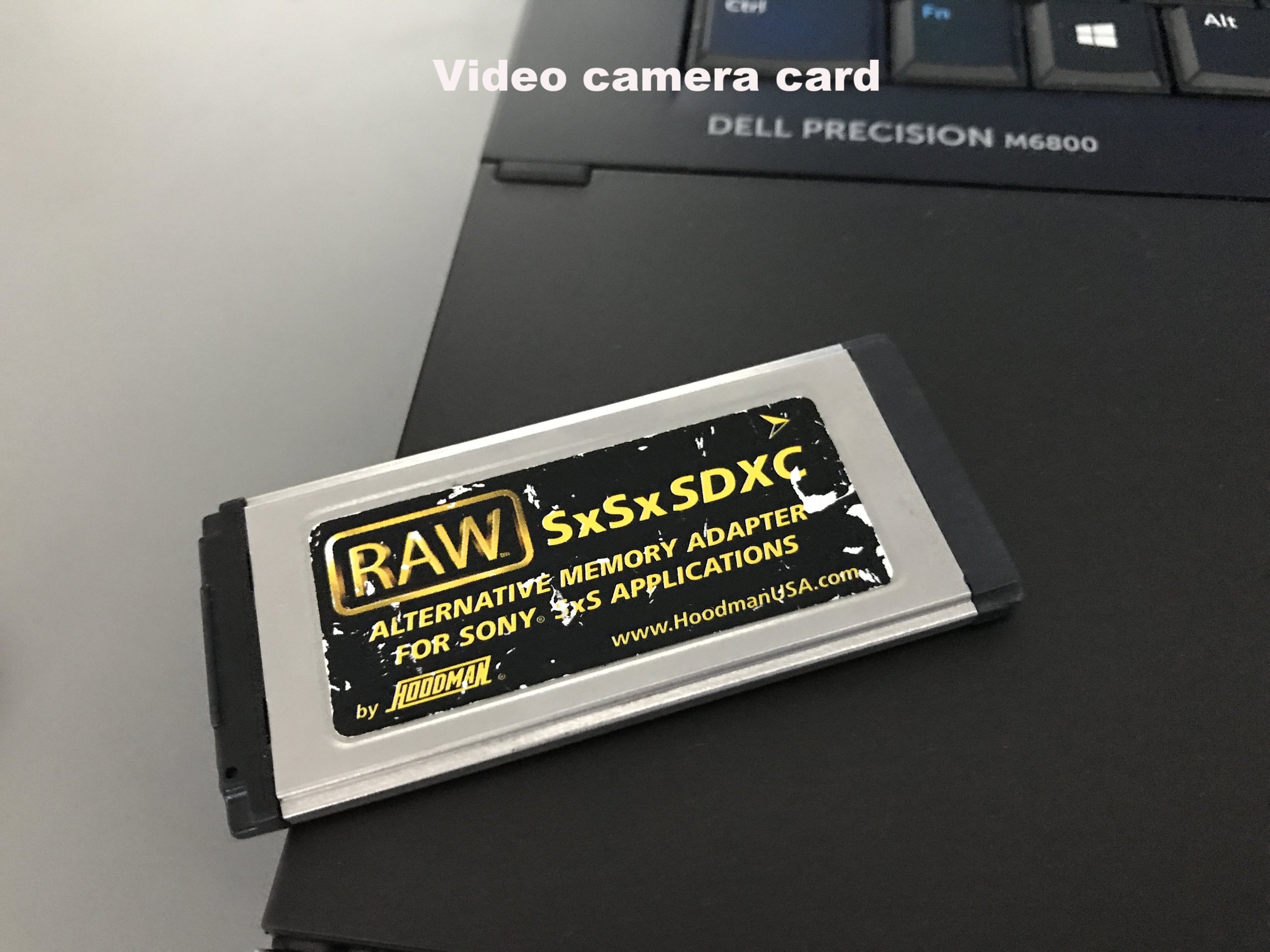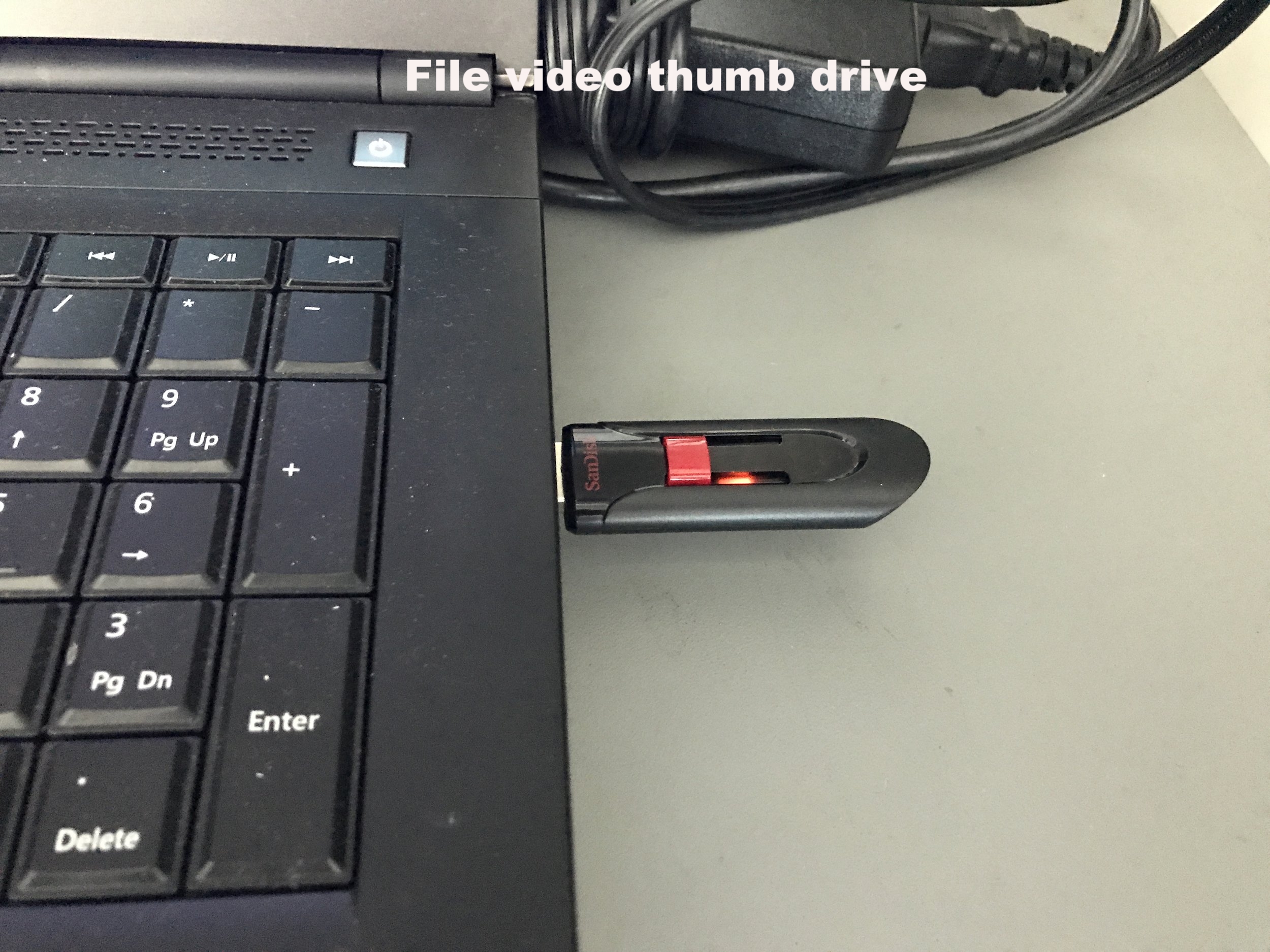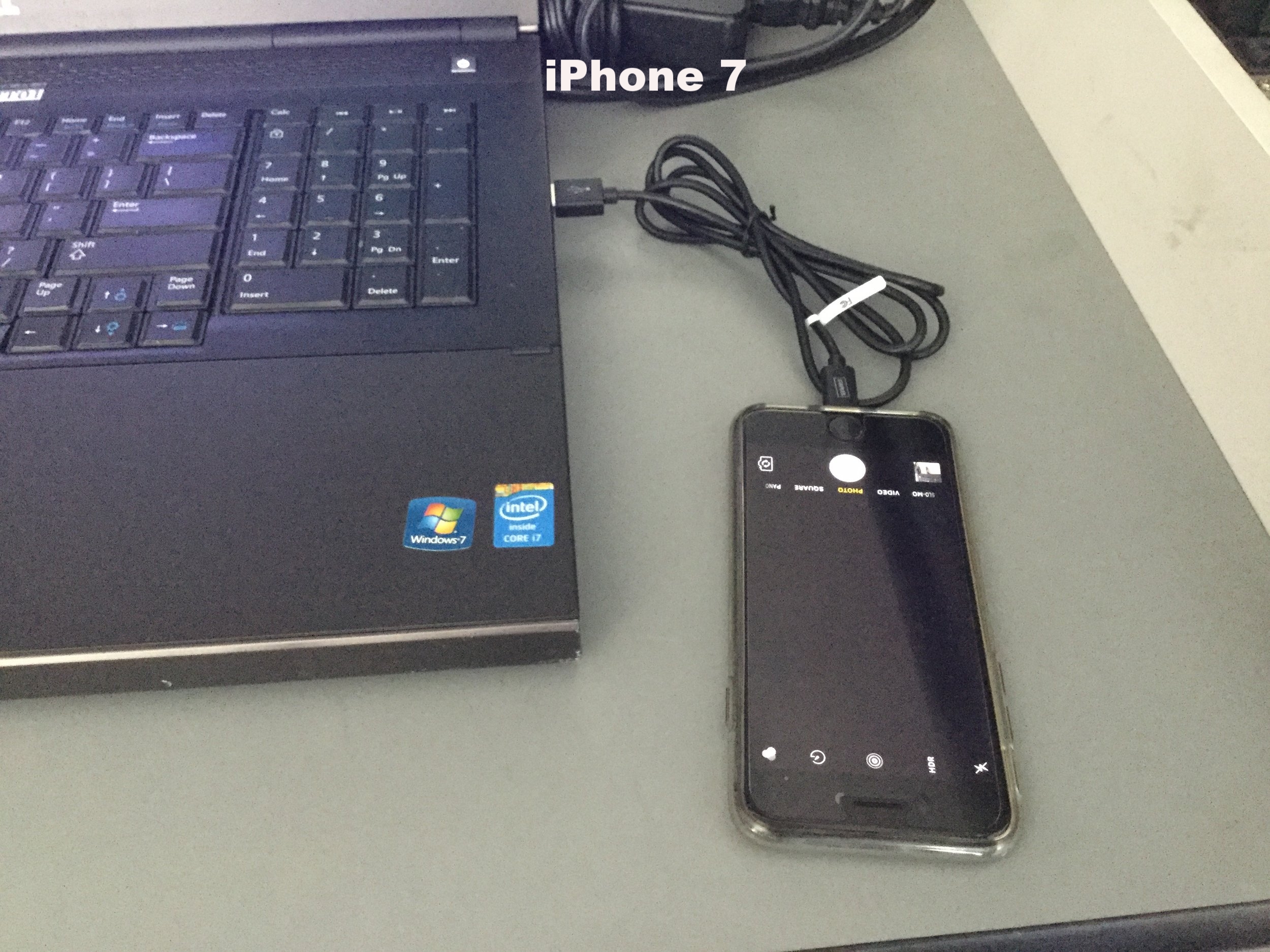Make air, not art
That headline is a well-known phrase among television news people. There are so many times when we want to do better, when we know there's a gap in our story, another shot to get, another interview to land. But, the fact is making deadline trumps all of that - always. The best shot (art) that doesn't make deadline (air) never happened. That's pretty much my state of mind after the first day back on the job reporting as an MMJ at KPIX.
My story today: the Supreme Court decision supporting and, at the same time, limiting President Trump's travel restrictions on six Middle Eastern countries. The three basic elements I tell my students to look for in a TV story are:
- So what (what difference does it make): this is a semi-resolution to a hot topic across the country that affects thousands of people around the world.
- Real people: someone coming to the United States from the countries on the restricted list or people already here with family from those countries.
- Show me, don't tell me (video): travel, protests, Supreme Court.
So at the start of the day, those are my goals. I immediately grabbed file video of previous protests at San Francisco's airport (SFO) and of the Supreme Court (no way I was flying to Washington, D.C. and back in time for the 6 p.m. show). I also lined up an interview with a constitutional law professor for some analysis of the decision. So what - ✓; Show me, don't tell me - ✓. All I needed was real people.
FlightView screen grab. Check out the flight duration!
The law professor put me in touch with the local ACLU branch, which is actually part of the lawsuit against the Trump administration policy, representing families from Yemen. But after several calls and emails and entreaties ("I really want to include you in my story"), I ended up with nothing.
So I went to the airport hoping to find someone getting off the plane from an arriving flight from the Middle East. A quick search on my flight tracking iPhone app showed me there was one coming from Dubai. I asked some 20 people if they were affected by the Supreme Court decision, but no luck: "I'm from Italy, Greece, Eritrea, Ethiopia, the United States" ... no one from the travel restriction list.
At this point it's 4:45 p.m. ahead of a 6:30 p.m. live shot and I make the call: "make air, not art." It's my first day and I'm a little unsure of my editing skills. Better to get off on the right foot.
Media privileges.
While I was at SFO, I remembered one of the key benefits of the job - parking where you want, no matter what the rules are. Of course, this doesn't always apply, but even at a high-security place such as an airport, the media gets some breaks. It didn't matter how red the curb was. A police officer even came by and asked if I had permission. A simple yes allowed me to stay close to the story and close to the live shot location.
In the old days, reporters got video from one place - the camera. No longer. Now we get video from the camera, from servers, from cell phones. The point is, there are lots of tools at the MMJ's disposal - it's the multi-media part of the job title.
Day 1, pack 1.
So yes, it was a stressful Day 1 on the job, mostly because I needed to prove to myself I could do it. Part of what made it successful was preparation. Students should always know they can master the camera, the microphones, the computer for editing with a little practice. Do that, and the unpredictable stuff that comes up frequently will be much more easy to handle. (In my case, I don't have to chew as much gum to cope.)
Lastly, a special thanks to my supportive TV reporting graduate students from the Fall 2016 semester, who stayed up late EST and actually watched their professor. It means a lot to know they're interested. They posted photos on Twitter from their "watch party."
Rob, is that vertical video?
Takeaways:
- Practice, practice, practice. Knowing how to operate the equipment backwards and forwards will give you more time and brain power to focus on the stuff you can't control.
- Make air, not art.







